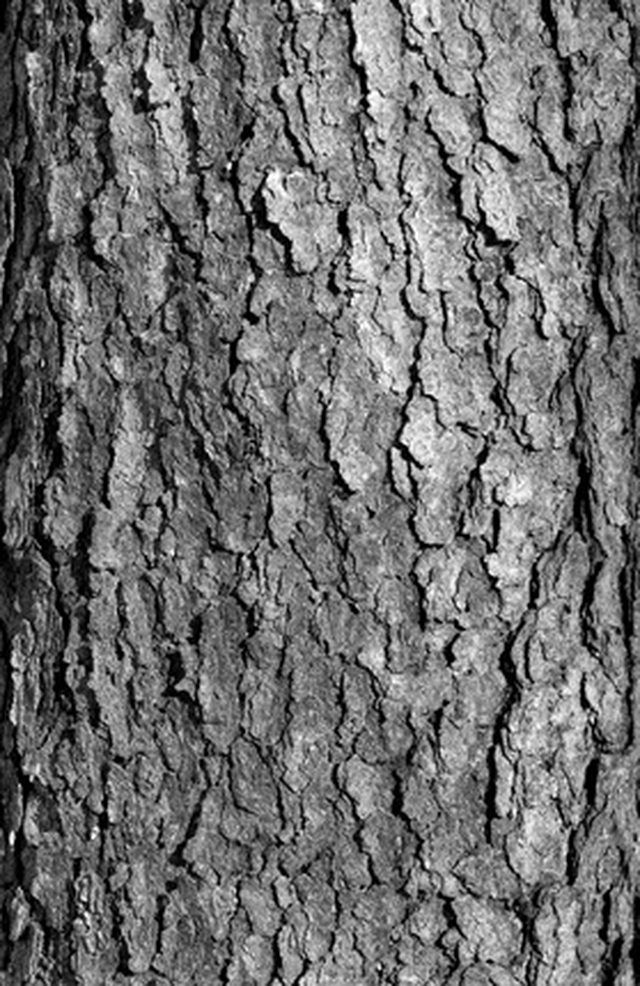Bulbs
Flower Basics
Flower Beds & Specialty Gardens
Flower Garden
Garden Furniture
Garden Gnomes
Garden Seeds
Garden Sheds
Garden Statues
Garden Tools & Supplies
Gardening Basics
Green & Organic
Groundcovers & Vines
Growing Annuals
Growing Basil
Growing Beans
Growing Berries
Growing Blueberries
Growing Cactus
Growing Corn
Growing Cotton
Growing Edibles
Growing Flowers
Growing Garlic
Growing Grapes
Growing Grass
Growing Herbs
Growing Jasmine
Growing Mint
Growing Mushrooms
Orchids
Growing Peanuts
Growing Perennials
Growing Plants
Growing Rosemary
Growing Roses
Growing Strawberries
Growing Sunflowers
Growing Thyme
Growing Tomatoes
Growing Tulips
Growing Vegetables
Herb Basics
Herb Garden
Indoor Growing
Landscaping Basics
Landscaping Patios
Landscaping Plants
Landscaping Shrubs
Landscaping Trees
Landscaping Walks & Pathways
Lawn Basics
Lawn Maintenance
Lawn Mowers
Lawn Ornaments
Lawn Planting
Lawn Tools
Outdoor Growing
Overall Landscape Planning
Pests, Weeds & Problems
Plant Basics
Rock Garden
Rose Garden
Shrubs
Soil
Specialty Gardens
Trees
Vegetable Garden
Yard Maintenance
Wild Black Cherry Tree Identification
Wild Black Cherry Tree Identification. Wild black cherry (Prunus serotina) grows from Maine to Florida and westward into the Great Plains. The wild black cherry tree takes its name from the color of both its edible fruit and its bark. Both of these features of the black cherry tree will aid you in identifying it, as well as other aspects such as...

Wild black cherry (Prunus serotina) grows from Maine to Florida and westward into the Great Plains. The wild black cherry tree takes its name from the color of both its edible fruit and its bark. Both of these features of the black cherry tree will aid you in identifying it, as well as other aspects such as its foliage, size and shape.
Size
The "National Audubon Society Field Guide to Trees" notes that the average wild black cherry tree has a trunk diameter of about 2 feet and the tallest trees grow to heights of 80 to 90 feet. The average black cherry is within the 50 to 60 foot range in terms of its height. The University of Connecticut Plant Database site reports that the spread of the black cherry's branches will vary from 35 to 50 feet in width on mature specimens. The tree will possess an oval form or a pyramidal shape, with the ends of the branches drooping downward.
Foliage
Leaves as long as 5 inches and as wide as 2 inches grow on the branches of the wild black cherry in an alternate fashion. The green leaves, dark and shiny, will develop early in spring, usually before those of most surrounding trees. The edges have many fine serrations and the fall colors range from yellow-green to yellow, red and orange.
Flowers and Fruit
The flowers and fruit of wild black cherry are easily recognizable. The flowers are white, with five petals and grow in a drooping cluster as long as your fingers. These clusters, called racemes, emerge in the middle of the spring and produce a fragrant aroma; bees and other bugs flock to them. The fruit is one-third of an inch wide, about the size of a large pea, and starts out red before turning black-purple by late summer or early autumn. The more mature fruit is juicy and softer than the immature types and although bitter, it is not quite as tart as when it is not ripe.
Bark
The bark on the young wild black cherry tree is smooth, dark gray in color and has lenticels---horizontal lines---throughout. The bark then begins to turn flaky as the black cherry ages, until it is a dark shade of gray-silver to nearly black. The Ohio Department of Natural Resources website describes the texture and color of the bark with a comparison to "black cornflakes", saying that it looks as if someone pasted them onto the trunk and branches. This dark bark shows up vividly in winter, when the majority of trees in the forest have no leaves.
Considerations
You will often find tent caterpillars and their large wispy whitish homes in the branches of a wild black cherry. Wild black cherry occurs in such places as open woodlots, fields and along roadsides. Black cherry trees prefer deep damp fertile ground but the species will grow just about under any condition. You may often find many black cherry trees growing together, as the seeds the fruit contain fall to the ground and new seedlings develop.